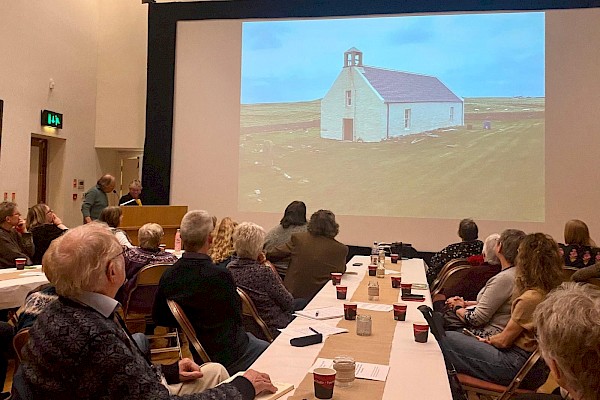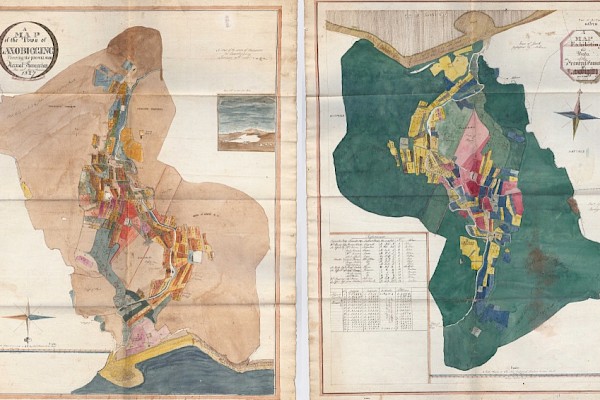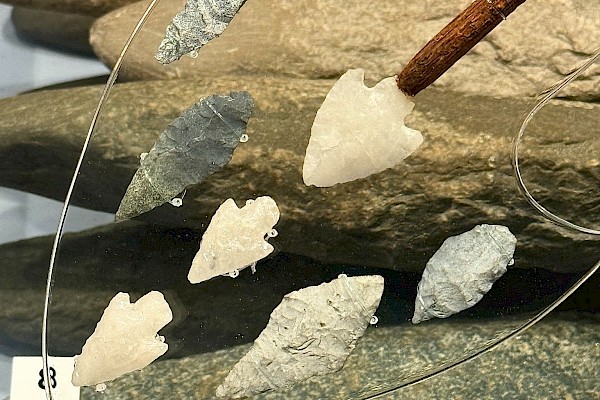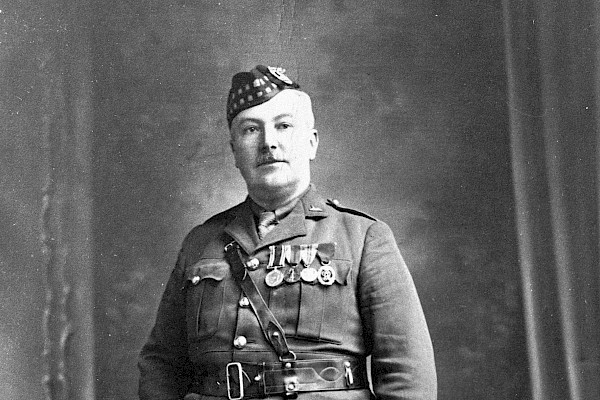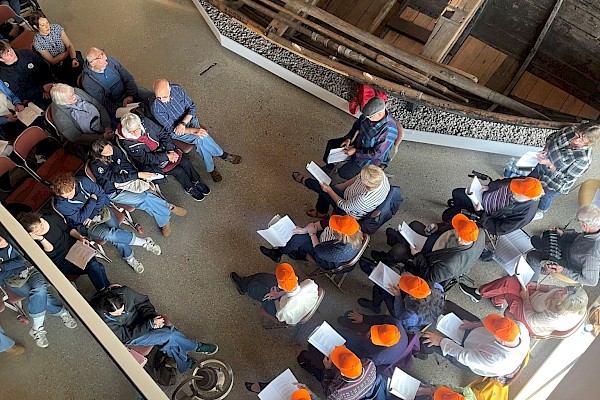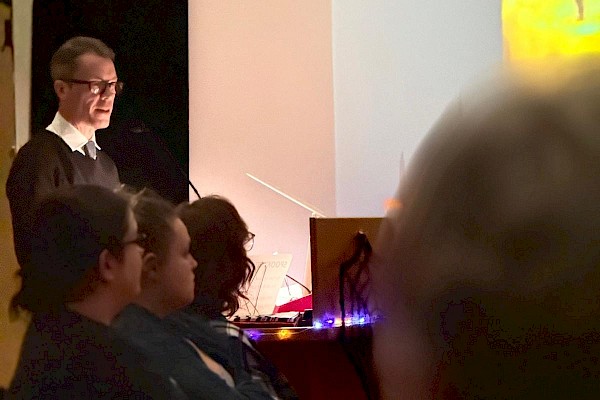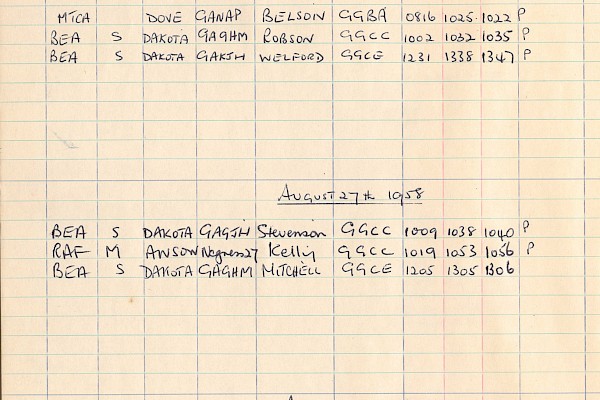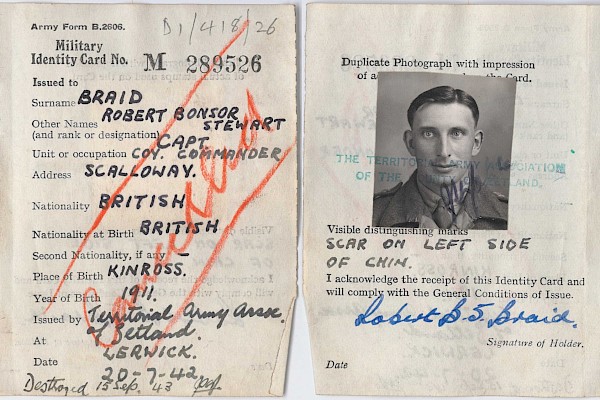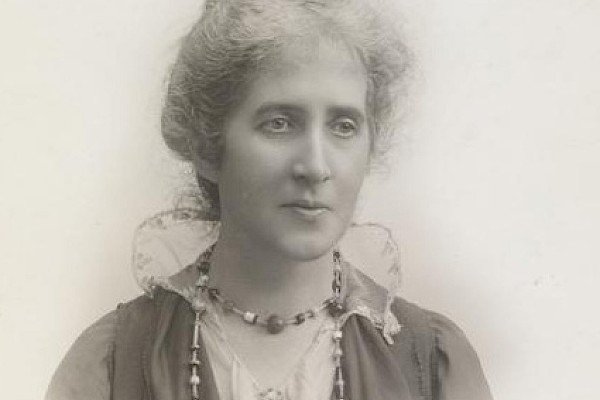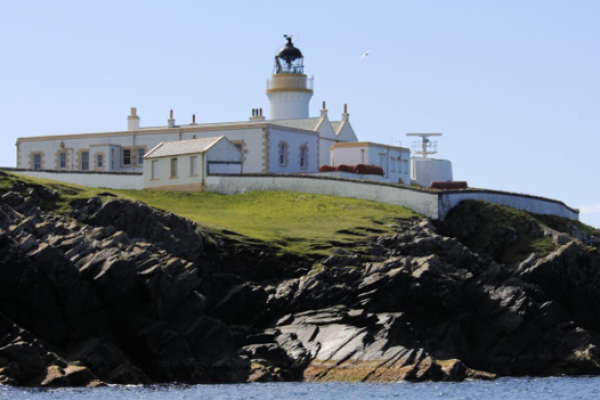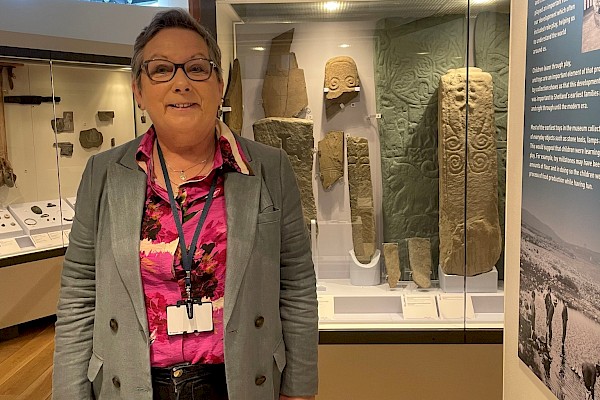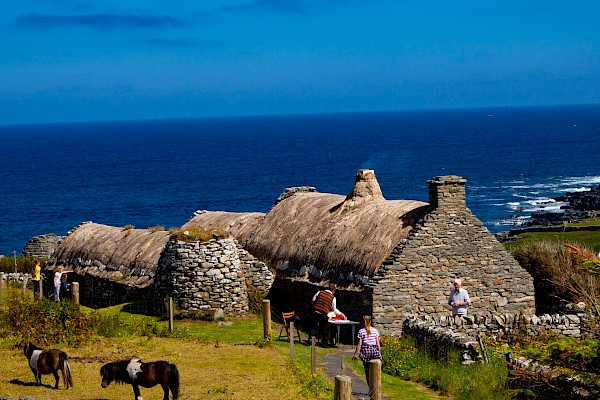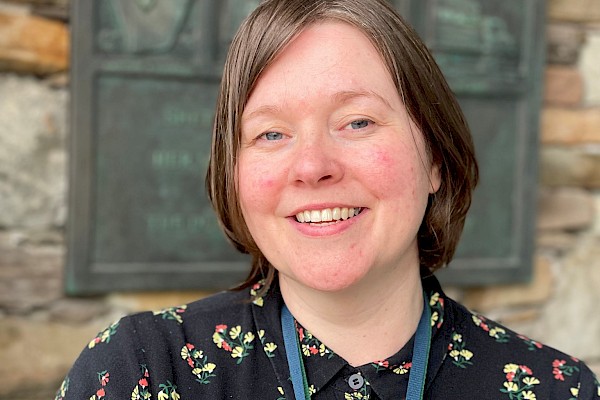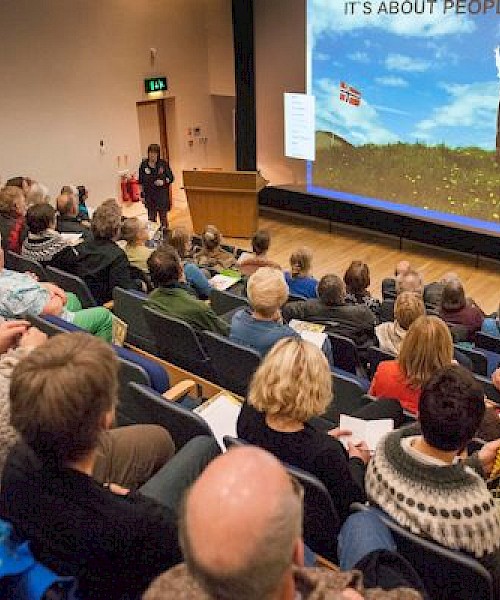Up Helly Aa has a most interesting history
With the cancellation of Up Helly Aa there will be no torchlit procession, galley burning or all night partying this year. These activities will be sadly missed being an integral part of the annual festival, however the Up Helly Aa we know today is very different from its early origins. Our archivist, Brian Smith, discusses the festivals interesting history and takes a look back at how it all began.
Up Helly Aa has a most interesting history. It is wrong to think that the festival we have seen every year in the 21st century, until this year, is how Up Helly Aa has always been.
250 years ago there was no Up Helly Aa. The germ of the festival emerged after the Napoleonic Wars, when young men who had seen extraordinary sights abroad came back to the islands. Lerwick must have seemed a tame place when they returned, especially in the heart of winter.
There was no street lighting in the little town. The young men decided that bright light and loud noise would liven the place up.
In Lerwick one night in January 1824 a Methodist minister looked out his window. ‘This being Old Christmas Day,’ he wrote, ‘the whole town was in an uproar from twelve o’clock last night until late this night: blowing of horns, beating of drums, tinkling of old tin kettles, firing of guns, shouting, bawling, fiddling, drinking, fighting. The street was thronged with people as at any fair I ever saw in England.’
As time passed the young men became more inventive. By the 1840s they had started to make bombs charged with dynamite, and placed them on the doorsteps of unpopular individuals. The explosions blew out windows, and could sometimes be heard ten miles away. It’s a wonder that people weren’t seriously injured on those occasions.
Disguised, they also started to haul burning tar-barrels along the narrow street. Often there would be two barrels, pulled along by different groups who sometimes clashed. When policemen and special constables intervened, they sometimes found themselves under attack.

In due course the young men got tired of the dirt and danger of tar-barrelling. They started to dress up in interesting costumes. They called themselves ‘guizers’, and they began to describe their Christmas celebrations as ‘Up Helly Aa’.
It is wrong to think that it was the police and local officials who demanded this change. The authorities didn’t like the danger and dirt, certainly, and had tried to suppress it; but it was the young men themselves who created the new festival.
Nowadays Up Helly Aa has a big Viking theme. However, that aspect of it emerged slowly. In 1889, for instance, the participants created a ‘war galley’, a Viking ship, and pulled it through the streets, accompanied by burning torches.


The Viking galley is pulled through the streets during the evening procession to its burning site. (2017)

In 1905 a local poet wrote an ‘Up Helly Aa song’, celebrating ‘grand old Viking centuries’, for the guizers to sing. And the following year the festival committee appointed a ‘Guizer Jarl’, dressed in full Viking costume, to lead their procession. It wasn’t until the 1920s that Up Helly Aa always featured a ‘squad’ of Vikings.
From the 1880s until the 1930s Up Helly Aa was a festival of young working men. Women have never played an active part in it. Most of the participants weren’t well-off, and the proceedings were sometimes rowdy.
After Word War 2, on the other hand, there was a big effort to smarten things up, and impose split-second timing. The BBC broadcast an impressive film about the first post-war festival, and made it famous outside the islands. It was in the 1960s, when Shetland became prosperous, and gorgeous costume became typical, that Up Helly Aa took its present form.
We hope to be able to welcome you back to the archives searchroom as soon as we can. In the meantime if you would like to learn more about the history of Up Helly Aa you can contact our archives team by emailing info@shetlandmuseumandarchives.org.uk
